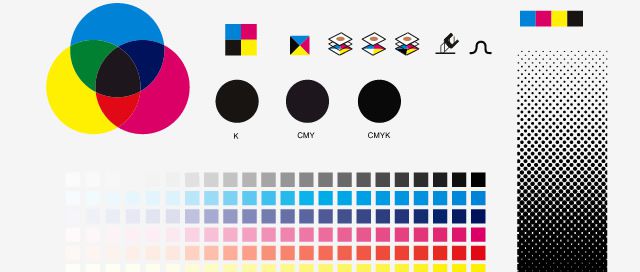Today I’m speaking to those just getting started in design. Maybe you just graduated from design school, or you’ve read through all the fundamental lessons offered here and on other design blogs, and you feel you’re ready to start taking on clients. Or maybe you have a couple of projects under your belt and you’re looking for more detailed advice as to what path you should be taking to propel your career to the next level.
Today we’re going to go over some of the most important things inexperienced designers need to master, and what I wish I had paid more attention to when I was just starting out.
Proportion and Composition
You may think you have this down, but, if you’ve been working for less than 5 years, I’m pretty sure you don’t know as much as you think you do. Read up on composition fundamentals and practice them in your spare time. Yes, that means cracking open those boring books you might have been assigned in school, or taking a trip down to the library and checking out some solid titles that will provide you with the information you need.

Color Theory
Same as above. Don’t just copy other people’s color schemes without understanding why and how they arrived at their color choices. Colors have a myriad of different meanings and associations attached to them, both by the designer and by the viewers. Just because you think a certain color scheme conveys ‘innovative technology’ doesn’t mean that everyone will feel that way. Your client and users might see ‘kid’s dentist’ instead – which is why it’s a good idea to do as much research and testing as you can before choosing a color scheme. A signature color palette is as good as a brand for a designer. Choose yours wisely.

The Rules Of Typography
You need to have a solid understanding of type in order to succeed as a designer. This is non-negotiable. Don’t just leave typography up to professional type designers. Sometimes you will be asked to customize letterforms to suit a particular client’s brand image. If you don’t know what type weight, spacing, or kerning mean, and if you can’t tell the difference between an x-height and a counter, it’s time to learn. Luckily, there are tons of free resources online that can help you learn the basics, and the more you practice, the more adept you can become at giving clients the type treatments they need.

Become a Photoshop/Illustrator Expert
I don’t mean just enough to get by or to finish the small projects you do for your clients. I mean knowing these programs (or whichever ones you use) like the back of your own hand. Even the weird, obscure stuff nobody knows about. There are plenty of books and online courses to help you gain mastery of your tools. The more intimately you know your software, the more clients will come to trust you with more complex work, and the more they will recommend you to their colleagues who are looking for high-level designers.
Asset Libraries
Design takes time – at least if you’re doing it right. You need to develop your idea, and try variations of it in order to get to just the solution that works for you and your client. But that doesn’t mean you can’t speed up some parts of the process. You can develop a backlog of fonts, vector images, and templates to make your work go by faster. This will take time as well, but the key is knowing what is worth curating and what should be discarded. For example, if your font library has thousands of typefaces in it, and none of them are organized or grouped in a helpful way, it can be more detrimental to your productivity than not having enough typefaces. (And yes, I’m speaking from experience.)

What Do You Think?
I’m always a fan of learning the fundamentals, as the more solid your foundation in design, the more easily you can adapt to whatever new trend or demand comes along. Even if you’re an experienced designer, there are always new things to learn about design. But what do you think? What else should new designers be learning? Let me know in the comments.
Related Topics
Top